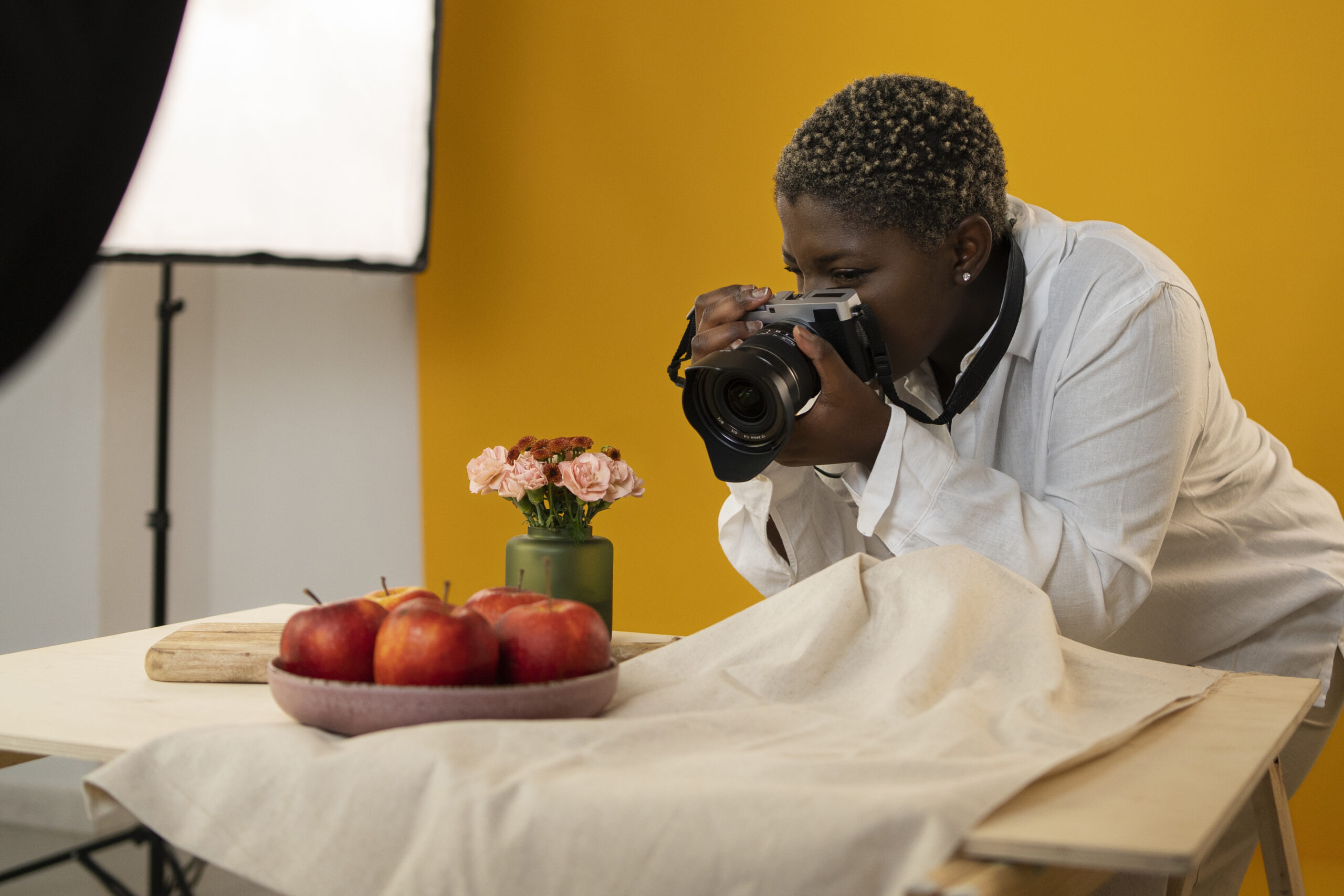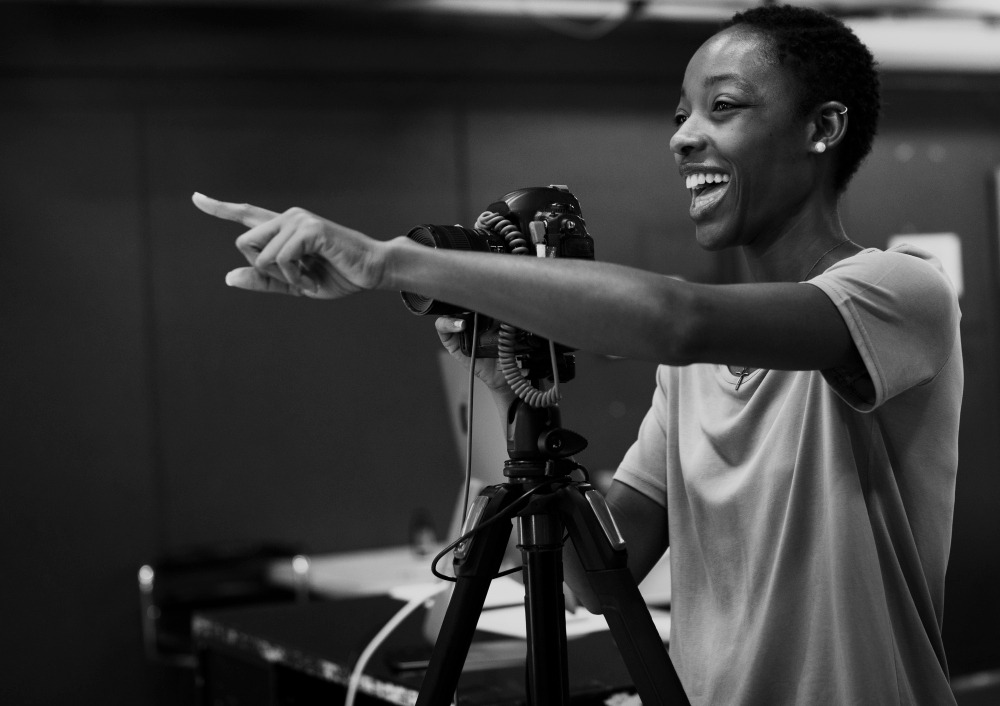Video production has become increasingly important in today’s digital age, as more and more people are turning to videos to consume information and entertainment. At its core, video production is the art of telling stories through moving images and sound, and it can be a powerful tool for filmmakers, marketers, and anyone looking to communicate their message effectively. Understanding the basics of video production is essential for anyone looking to create engaging videos that connect with audiences. In this beginner’s guide, we’ll cover the key concepts you need to know to get started with video production.
Storytelling
At the heart of video production is storytelling, which involves creating an engaging narrative that resonates with viewers. Whether you’re making a short film, a corporate video, or a social media clip, the story is what will capture people’s attention and keep them watching. To create a compelling story, start by identifying your message and what you want to convey. Consider your audience and what will resonate with them, and then craft a story that will move and inspire them.
Pre-Production
Once you have your story, it’s time to plan out your video. Pre-production involves everything from developing a script and storyboard to scouting locations and casting actors. Consider the technical elements of your video, such as lighting, sound, and cinematography. These elements will play a significant role in how your story is presented, and help you plan the shots you need, the locations you’ll use, and any actors or equipment you’ll need to hire. Remember, if you fail to plan, you are planning to fail!
Production
Production is where everything comes together, and you begin filming your video. This involves capturing footage, recording sound, and directing actors. During production, it’s important to stay organized and keep track of all your footage and assets. Ensure you have ample coverage of each scene and take multiple shots from different angles. This will give you plenty of footage to work with during the editing stage. A common phrase you’ll hear when things go wrong in production is “We Fix it in Post”, I say it’s better to be patient and flexible during this process. If you screw up, it’s often quicker and simpler to reshoot. As a filmmaker “Fixing it in Post” is the absolute last thing you ever want to do.
Post-Production
Once you have all your footage, it’s time to put it all together in post-production. This involves organising and editing your footage, adding music, sound effects, visual effects, and colour grading. Editing is where you can really bring your story to life, this is where the true art of storytelling comes into play, ensuring that your video flows well, engages your audience, and effectively communicates your message.
Distribution
Finally, it’s time to share your video with the world. Distribution refers to the process of delivering video content to an audience through various platforms and channels. This can be traditional methods such as broadcast television, as well as newer methods like streaming services and social media platforms. So you need to consider your target audience and where they are likely to consume video content. Today, video content is easily accessible to audiences around the world, and the growth of digital platforms has opened up new opportunities for both creators and consumers of video content, hence, you may need to tailor your video for specific platforms and use different strategies for promoting it.
In Conclusion
Video production is a powerful tool for storytelling in today’s digital age. By understanding the basics of video production, you can create engaging videos that connect with audiences and convey your message effectively. With the right approach, anyone can master the art of video production and create compelling stories that resonate with viewers.




